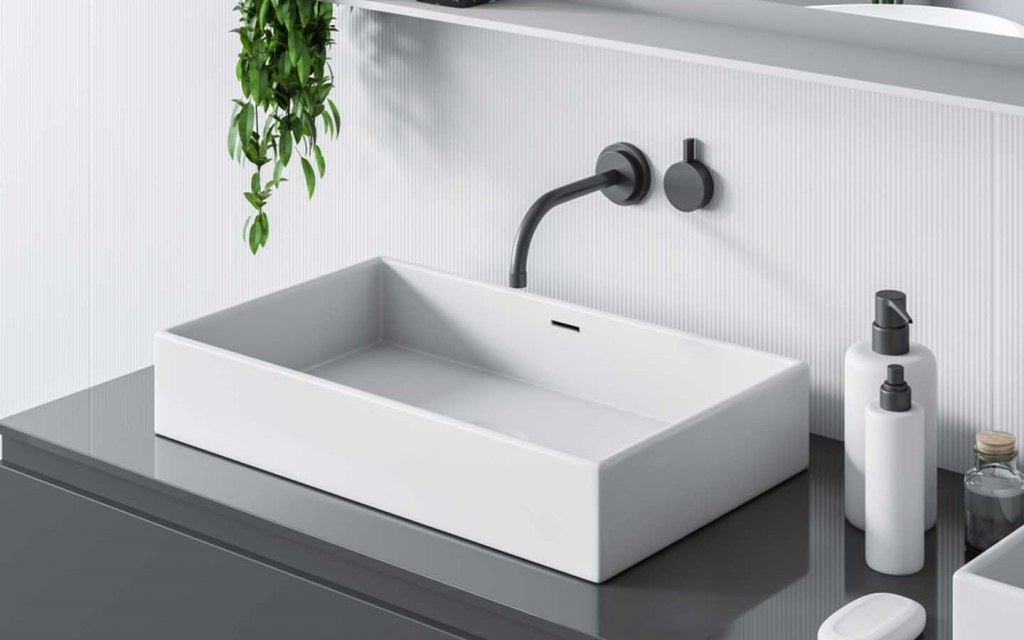Have you ever been stuck staring at your slowly draining sink? It's frustrating, right? Learning how to unclog bathroom sink can save you from chaos. In this article, we will delve into various methods and tips to keep your bathroom sink running smoothly.
Understanding the common causes of clogs can significantly ease this task. It involves soap scum, hair, and other debris that accumulates in your drain over time. Luckily, there are effective ways to address these issues.

Common Causes of Clogs in Bathroom Sinks
The first step in unclogging your sink is identifying the reason behind the blockage. Here are the top culprits:
- Hair: This is the most prevalent cause, especially in family bathrooms.
- Soap Scum: Soap residues can harden and create a barrier, leading to drainage problems.
- Residual Toothpaste: Over time, toothpaste can build up and contribute to clogs.
- Smaller Objects: Things like cotton swabs or makeup wipes can also obstruct flow.
Prevention Tips to Minimize Future Clogs
As they say, prevention is better than cure! Here are some proactive measures you can take:
- Use drain covers: They catch hair and debris, preventing them from entering the drain.
- Regular cleaning: Clean your drain once a week to reduce buildup.
- Avoid flushing: Never flush items like cotton swabs or wipes down the sink.
- Hair traps: Invest in hair traps or screens to collect hair before it clogs the drain.
Step-by-Step Methods to Unclog Your Bathroom Sink
If you are facing a blockage, let's walk through several techniques that will help you.
Method 1: Boiling Water Trick
Start with the simplest method:
- Boil a kettle of water.
- Pour the boiling water directly down the sink drain.
- Let it sit for 5-10 minutes before running the water again.
This technique dissolves soap scum and grease, which could be blocking the sink. However, be cautious with porcelain sinks, as extreme heat may damage them.
Method 2: Baking Soda and Vinegar Combination
This dual method creates a foaming reaction that can help break up stubborn clogs:
- Pour half a cup of baking soda down the drain.
- Follow that with half a cup of vinegar.
- Cover the drain with a cloth and let it sit for about 30 minutes.
- Rinse with boiling water.
This combination not only unclogs but also deodorizes your drain!
Method 3: Using a Plunger
If the above methods don't work, using a plunger can help:
- Get a sink plunger (which has a flat bottom).
- Fill the sink partially with water.
- Place the plunger over the drain and push down hard, then pull up sharply.
- Repeat several times.
This technique creates a vaccum effect that can dislodge clogs.
Method 4: Manual Removal
Sometimes, obvious blockages can be pulled free:
- Turn off the water supply to the sink.
- Remove the stopper and any visible debris with your hands.
- Check the P-trap (the curved pipe under your sink).
- Loosen it carefully, and clean out any clogs.
Remember to have a bucket on hand to catch any spills!
When to Call a Professional
In some cases, you may need to consult a plumber:
- If multiple drains in your home are slow, it indicates a bigger issue.
- Unpleasant odors from the drain could indicate a deeper problem.
- If youve tried various methods without success, it might be time to reach out for help.
Cost of Unclogging a Bathroom Sink
The cost can vary depending on whether you use DIY methods or call a professional. Typical charges might range from $100-$200 for professional help.
For more cost-related insights, visit Cost of Reglazing.
Helpful Products for Maintaining Your Bathroom Sink
- Drain Snake: A useful hand tool for retrieving hair or clogs.
- Caustic Drain Cleaners: These can be effective but should be handled with care.
- Sink Strainers: An essential component for preventing hair and debris.
Conclusion
Learning how to unclog bathroom sink can not only solve your immediate issues but also enable you to maintain your bathroom sink better. Regular maintenance and prompt action will keep your sink flowing smoothly.
For more detailed insights regarding bathroom maintenance, check out Deep Cleaning and Choosing a Bathroom Sink.
As always, ensure to keep your tools handy and dont hesitate to contact a professional if the situation is beyond your capabilities.
As an Amazon Associate, I earn from qualifying purchases.

Frequently Asked Questions (FAQs)
1. How do I know if my sink is clogged?
Signs include slow drainage, gurgling noises, and unpleasant odors from the drain.
2. Can I use chemicals to unclog my sink?
Chemicals can be effective but should be used with caution due to potential damage to pipes.
3. What can I do to prevent clogs in the future?
Regular cleaning, using drain covers, and avoiding putting debris down the sink are key preventive measures.






